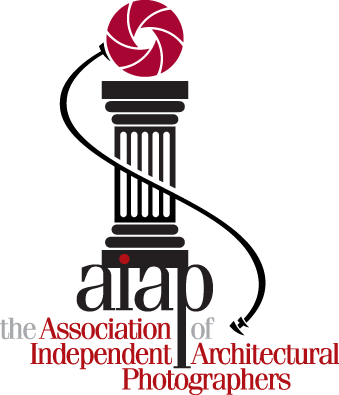I suppose that this newsletter is long overdue, but lately I've felt the need to offer some ideas on how to make the most of your directory listings--specifically when it comes to lead conversion.
Over the past several weeks I've received email from a few disgruntled members who feel that they've yet to receive a business lead from their directory listings. After scouring the traffic logs for both the AIAP and REPAI websites we've been unable to find a single member who hasn't received click-through traffic from their directory listings.
The key to making the most of your directory listings is being able to keep people on your website once they click-through. Once they land on your website, do they find the following?
1. Landing page loads fast and navigation is easily apparent.
2. Clear navigation points for your portfolio and contact information.
3. Clear call to action (After all, isn't the intent of your website to generate new business?)
4. Easy to use contact form or email links.
5. Easy to use request form (Include fields for a description of the project, intended usage, timeline for completion, budget considerations, etc.).
6. Website is smartphone & tablet compatible (HTML 5).
We often receive negative feedback from photography buyers concerning individual member's websites. The most often heard complaint is that the load time is too long. If the page doesn't load in just a couple of seconds on an average speed connection, chances are that you're going to lose that visitor. When designing your website, please consider a simple landing page that loads fast. From your landing page you can direct visitors to your portfolio pages where most people expect the load time to be longer.
The second most often heard complaint from photography buyers is that some photographer's websites make it difficult to make contact. Photography buyers like to see a simple contact page that incorporates a clickable email link and possibly a contact form. They don't like having to "cut and paste" a non-clickable email address! The contact form makes it easy for buyers to offer you the details of their project and request a quotation. We also recommend making your telephone number easy to find.
Another point that needs to be discussed is your website's compatibility with mobile devices. More and more we find that a significant percentage of traffic is coming from mobile devices. If you're website incorporates Flash you may want to consider converting to an HTML 5 format. Since the majority of the creative community uses the iPhone which does not recognize Flash files, your website may simply look like a black screen to most photography buyers. Many website designers are now using HTML 5 to overcome this problem. We'll talk more about this in a couple of weeks in an upcoming newsletter.
Some photography buyers have also complained that it's difficult to find pertinent images in some photographer's portfolios. It's obvious that a photography buyer who needs to hire a photographer for a commercial architectural project will be looking for a portfolio that contains commercial architectural photographs. I'd suggest organizing your portfolio in categories that make it simple for photography buyers to find images that relate to the type of project they need. Some simple categories may be commercial, residential, hospitality, resort, healthcare, institutional, etc.
One last point concerning website design: the importance of your "about" or "profile" page. This is the place on your website where you have the opportunity to really showcase what it is that sets you apart from other photographers and makes you the best choice for a photography buyer's project. I'd recommend avoiding anything that doesn't speak directly to the point of "why you should hire me" on your profile page. Focus on your strengths and accomplishments and why hiring you will make the potential project a success.
Next time we'll talk about design for mobile devices and include input from the website design guys at Big Folio, one of our AIAP/REPAI sponsors.
